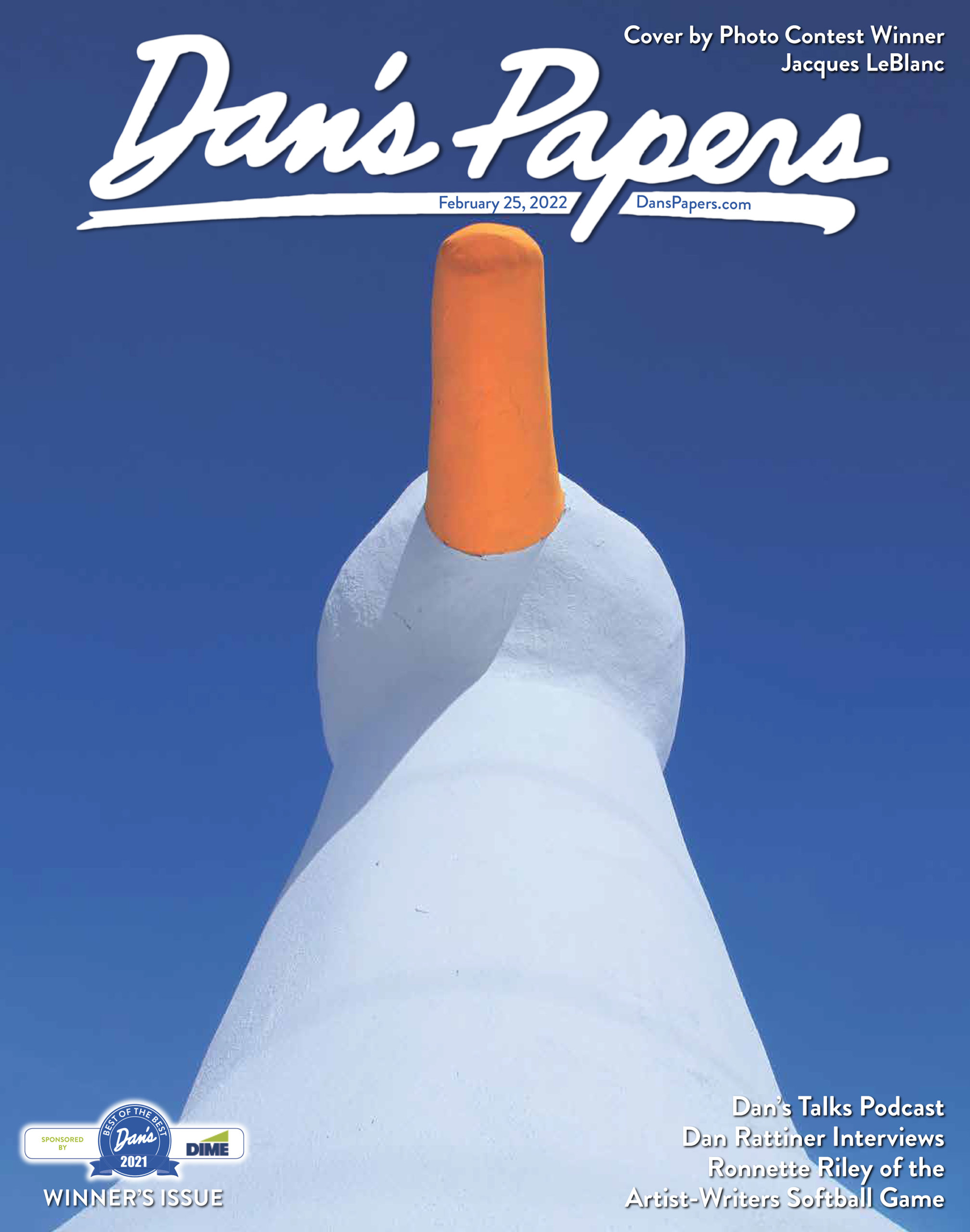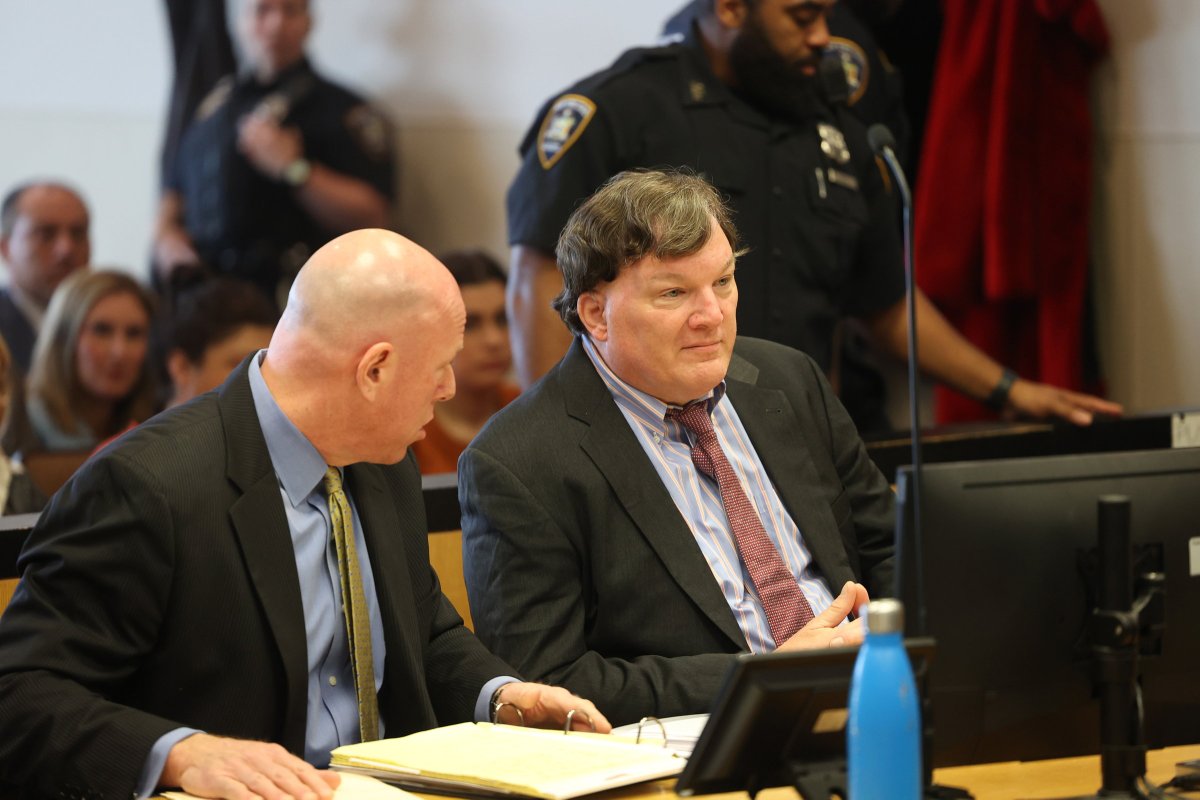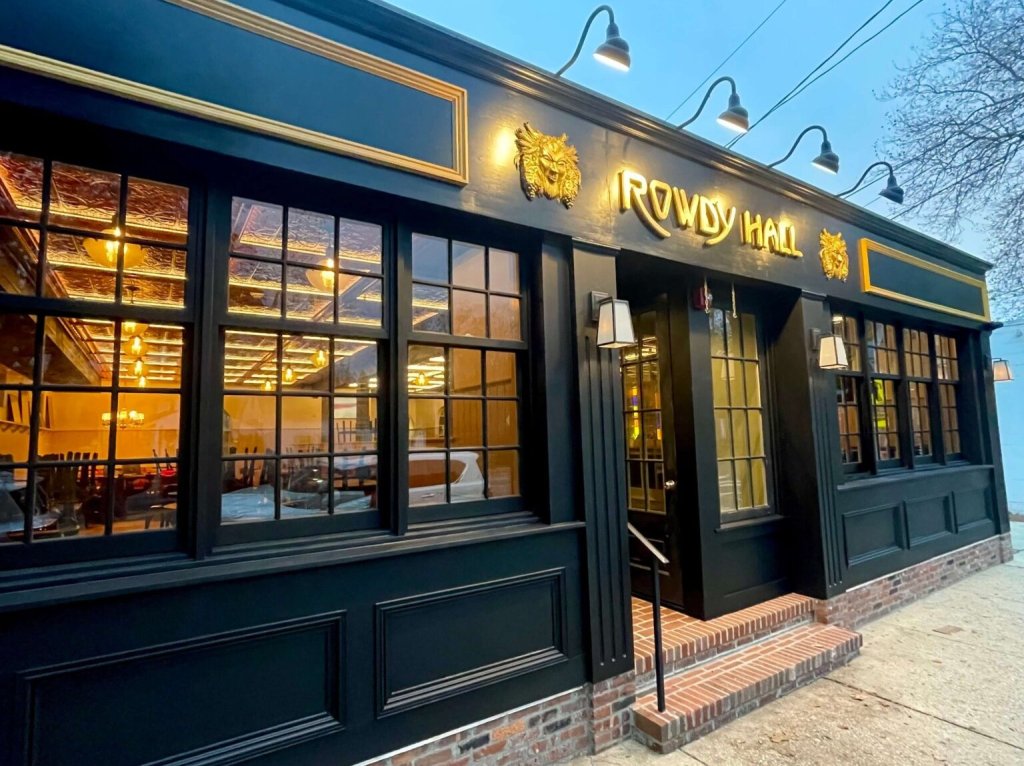Meet Dan's Photo Contest Grand Prize Winner Jacques LeBlanc
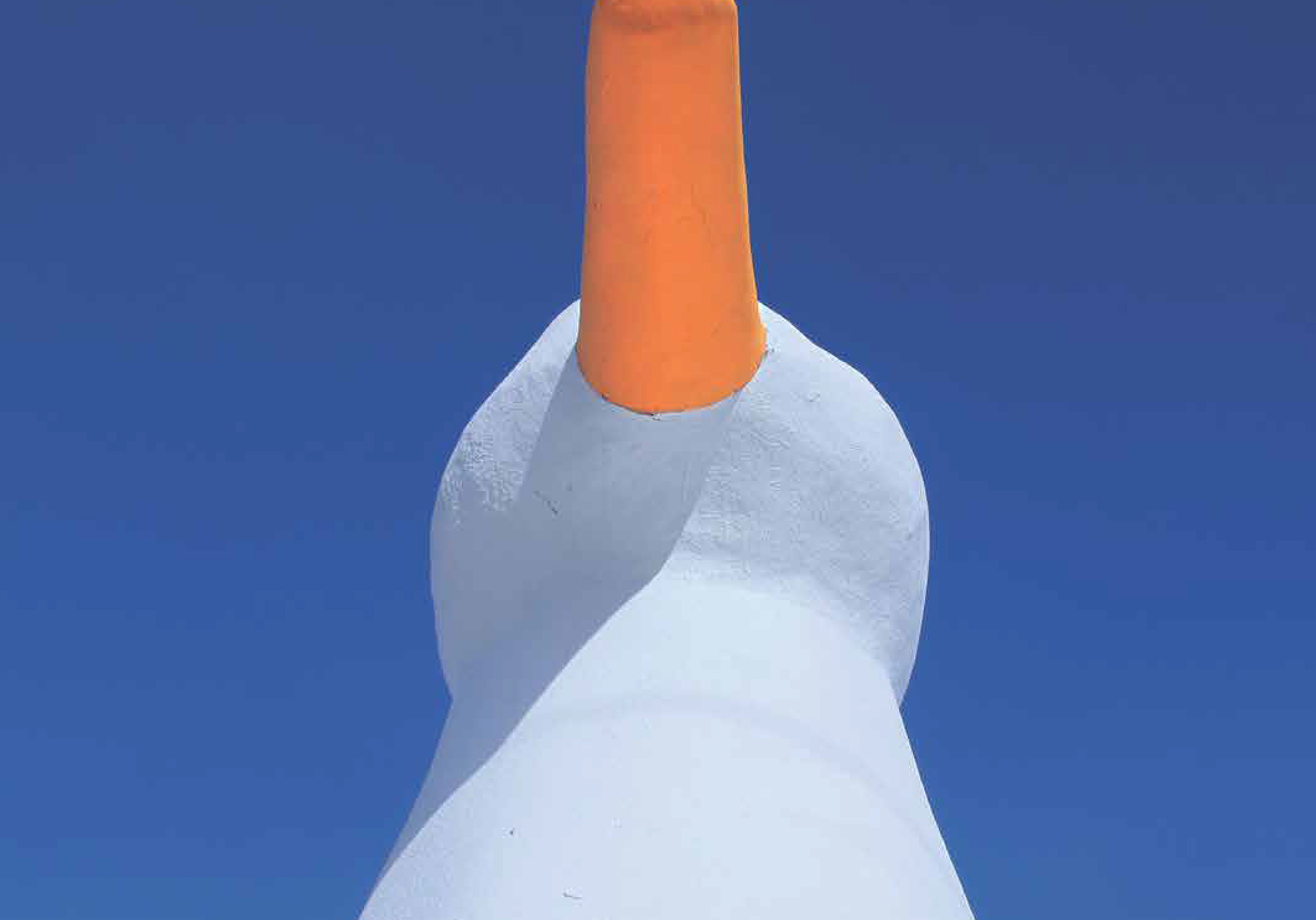
Our first round of Dan’s Papers Photo Contests came to a close in January, with each of the contest winners given the opportunity to submit three additional photos — one of which would be selected for the front cover of Dan’s Papers. After much deliberation, the panel of judges — including professional photographers Lucille Khornak and Jim Lennon, Dan’s Papers owner Victoria Schneps, founder Dan Rattiner and the editorial team — selected “The Big Duck” by Jacques LeBlanc as the inaugural grand prize winner. Here, LeBlanc discusses his winning shot, Long Island photography career and inspirations.
This week’s cover photo is such a unique perspective of an iconic East End landmark — what inspired this fresh point of view?
My roots are in film photography where often a great deal of time is spent on visualizing the image to be captured before pushing the shutter button. In this case, I wanted to capture the “bigness” of the duck while keeping in mind the size and shape of a Dan’s Paper cover. I walked around without my camera for a few minutes, first from afar and then up close. This is typical for me. I have seen a lot of photos of The Big Duck, and I was looking for something different. When I got up close and looked up, it was as if the duck was looming over me as a giant might in a science fiction movie. Now the duck looked big! I went back to the car, got the camera and took this one image. The image would not have been the same if there were clouds in the sky or if it was overcast, and I would have made a note to return another day. However, this day I was lucky to have a clear blue sky. The intensity of the three colors and how well they worked together was the final piece in creating this image.
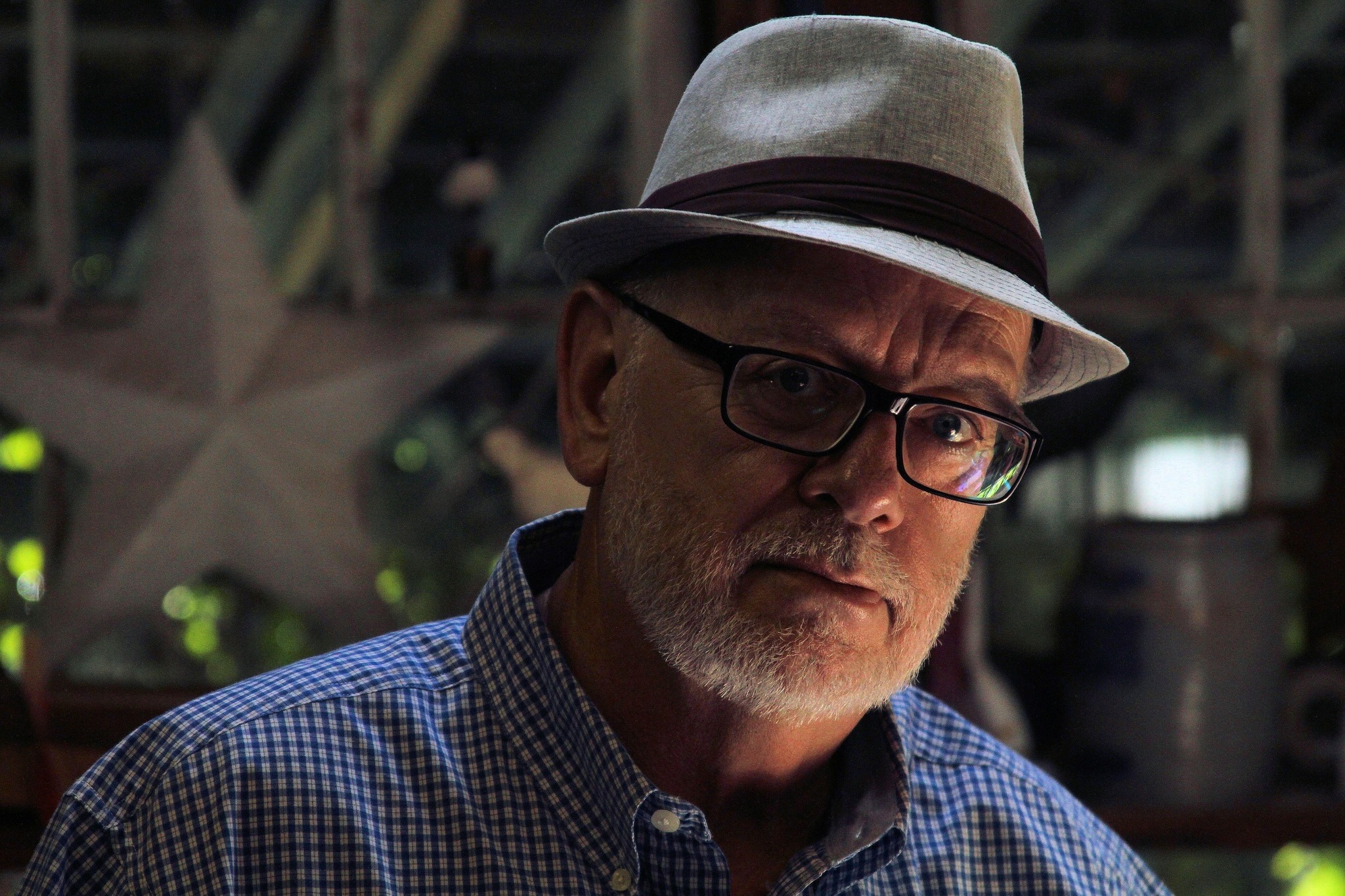
What does your typical process of planning, taking and editing a photo look like?
I almost always work with a plan that starts well before I take the image. I usually have locations in mind and what sky or lighting conditions will work best for the image that I am visualizing. For example, if I am taking photographs of farms on a particular day, the sky and weather can be a very important component to the final image. If the sky is overcast, it might be a better day to photograph a town’s main street where the softer light enhances images by reducing shadows.
As for editing, I have the most basic of post editing tools for lighting adjustments, color enhancement, cropping, etc. I don’t own Photoshop. However, I do occasionally use paint, both digitally with a paint program and literally with water color paints, in a sort of hybrid image that has become my most recognized style of work.
It comes from my interest in studying dreams. Not what they mean but instead what they look like. Called “oneirology,” studies done throughout the world have had very similar key results regarding color, blurriness, confusion, lack of details and visual links that lead to something just out of sight or unobtainable. I began to produce photographs with these key elements and wondered if they could trigger the recollection of a memory or dream in the viewer. To add to the confusion and give me further latitude with the images, I began to add water color paint to the images both digitally with a paint program and literally by printing the image, painting on it and then re-photographing. Many times, just a small area is all that is needed to be painted, often the sky, to cause the element of confusion that I was looking for.
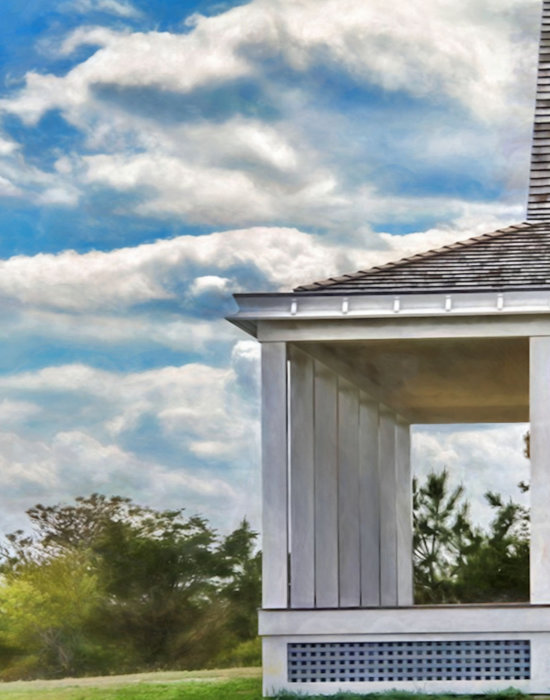
What’s something you’ve learned during your long career as a Long Island photographer, and do you have any advice to share?
Things can change quickly. In the past, I might not have stopped the car to take a photograph, only to be disappointed to find it gone the next time I passed the spot. The lighting might not be correct or the time of year, but take a minute if you can and capture the scene that caught your eye. It might be an ordinary one today that might not be an ordinary one tomorrow.
When I first retired in 2007 from a career in education — I taught architecture and design — I took a photography class. It was a small group class that had weekly meetings in Sag Harbor during that winter. We were all using digital cameras. After getting our assignment we would return the following week to compare our images. The teacher asked each of us how many images we had taken for the assignment. The first student said with a smile, “10,000.” The second said proudly, “15,000,” and added that it took her all weekend to find one to show to the class. And on it went until it was my turn. I said eight. They all laughed and fell out of their chairs and called me “Pops” for the rest of the class, constantly reminding me that I didn’t have to pay for the images. I was struck by how little planning and visualization skills they used and were relying merely on luck to get a good image.
I am often asked about what equipment to buy as if that is the only way to get better images. They are often very disappointed when I tell them what I use to capture my images. Instead, I recommend they save their money and read everything that they can about composition. The fastest way to improving your photography, in my opinion, is in the composition of your image.
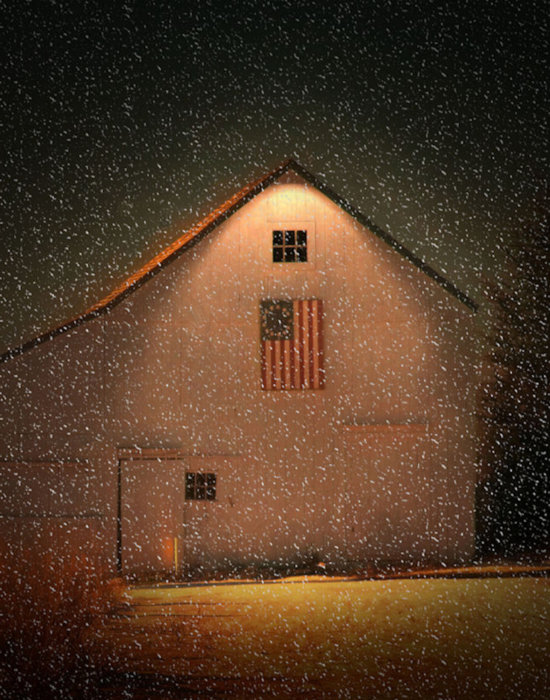
What photo subjects or local iconography inspire you most as a photographer?
I am drawn to the farms, towns and main streets of the East End. Growing up in the center of potato farms, my first recollection is of a sky that went from horizon to horizon. So, when I take photographs of farms on Long Island, I try to recreate that image the best I can. Many viewers will comment, “That is the way I remember it when I was growing up,” even though their individual ages are spread over many decades. There apparently is enough of the image there to trigger a memory and hopefully leave them with a feeling of nostalgia. People want to feel that things haven’t totally changed and my photos often remind them of what they once saw.
Towns and main streets are special to me in that they represent a clear connection to the past and the feeling of “home.” In addition, I have always loved architecture and was lucky enough to spend 35 years teaching in that field. I especially take pride in illustrating the classic styling of the traditional architecture of the East End. Modern architecture has emerged across the region, but there is still a connection to the simplicity and elegance left by earlier residents. In many ways the East End is timeless and I try to capture that in its unique towns and main streets.
What accomplishment as a photographer are you most proud of?
It has to be this. I have been a reader of Dan’s Papers for probably the entire 60 years and to be the first grand prize photographer on its cover is beyond my comprehension. It is a huge honor for me. Thank you.
Also, I have a photo that has a two-page spread in Dan Rattiner’s latest book, Hamptons Private. It is a photo of the 1770 House in East Hampton. I have taken social medial and commercial use photos for the 1770 House Restaurant & Inn for a number of years now.
A few weeks ago, I was chosen to be the featured photographer in a very special show that certainly was my greatest honor before this one. The extremely talented painter, Joseph Reboli, who passed in 2004, continues to have a huge influence on my work to this day. To have my images selected for a show that includes never-before-seen photography by Joseph Reboli was an incredible honor for me.
The show runs at the The Reboli Center for Art and History, located in Stony Brook Village, through April 11, and is titled Through the Lens.
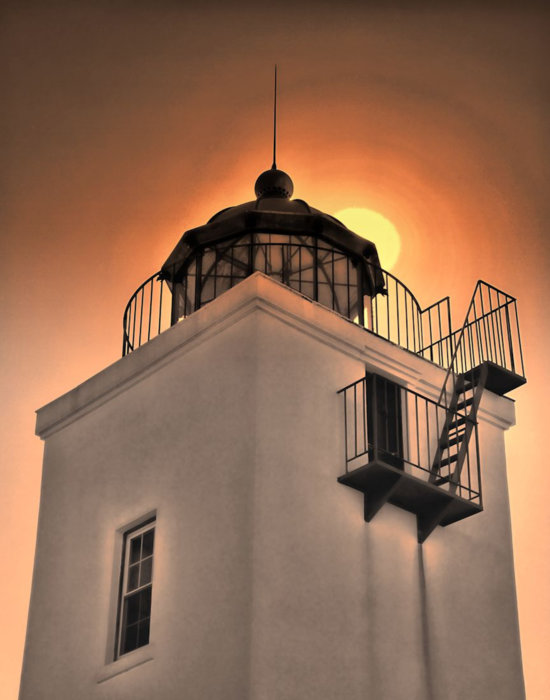
What do you find most fulfilling or exciting about being a photographer?
I find it most fulfilling that so many people have an emotional or ethereal connection to my work. Some actually want to hang it in their house! Photography has always been exciting to me, and I am so blessed to be able to share it with such a strong sense of support from so many.
To see more of Jacques Leblanc’s photography, visit jacquesleblanc.net.
